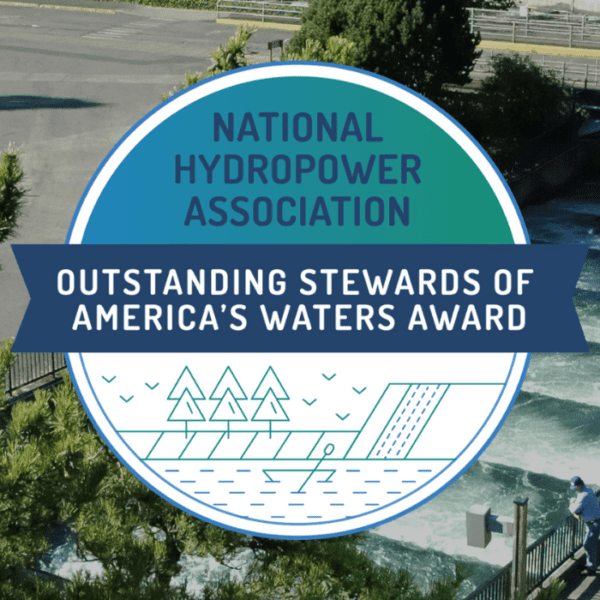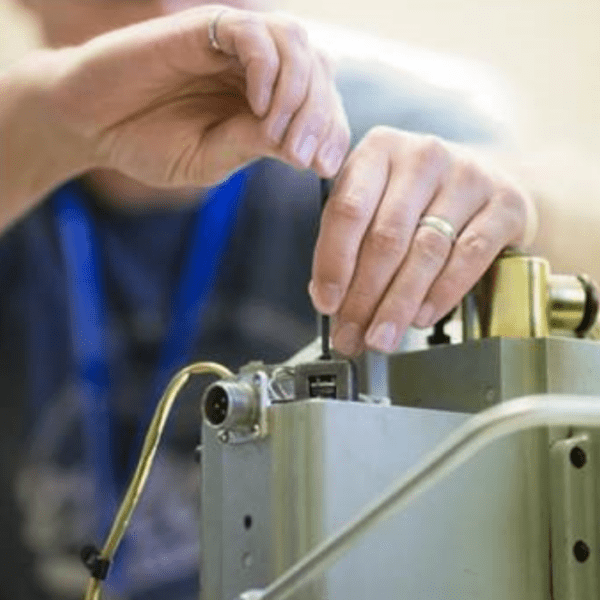The impact of dams on fish migrations is a major issue throughout the world, particularly for potadromous (freshwater) and anadromous species attempting to reach upstream spawning grounds or other important habitats in a timely manner.
Conventional fish ladders and lifts have provided passage for some fish at many hydropower projects, but passage efficiencies at a number of these installations often do not meet management goals for the affected populations.
Currently, there is a need for improved or new upstream passage designs that can provide safe, timely, and effective passage for a wide range of species. Upstream passage systems which are biologically effective and economically feasible would provide a great benefit to fish communities and dam owners in many river systems around the globe.
The story of Finnish company Fishheart Ltd. provides important perspective on how a group of fishermen worked in partnership with hydropower companies to ensure that migratory fish could return to their rivers of origin.
WHOLEHEARTEDLY FOR THE FISH
In summer 2016, Fishheart innovator Tarmo Aittaniemi met a keen fisherman, Mika Sohlberg, after Mika read a piece from a local newspaper talking about Tarmo´s innovation, a system designed to take fish safely over large dams. From there, Mika and Tarmo, who were later joined by fellow fisherman Magnus Breitenstein, worked together to get government and hydropower companies interested in Tarmo’s fish passage system. After two years of testing, the first Fishheart fishway was sold to Kemijoki Oy, a large hydropower company with twenty power plants.
The Fishheart unit operates like a heart, which is how the company drew inspiration for its name. During operation, one side of the Fishheart unit is closed in order to pump fish over the dam while the other side remains open, allowing fish to enter.
Fishheart’s goal is to return fish to their river habitats while providing the technology to do so at a fair price.
HOW THE FISHHEART UNIT WORKS
The floating Fishheart unit is designed to be installed on the downstream side of a dam. It connects to tubes passing over the dam with inlet and outlet lines. Using the siphoning effect, water from upstream of the dam is fed into the tubing through the inlet line. An attraction flow tubing atop Fishheart also runs on siphoned water. Furthermore, there is an underwater attraction flow guiding the fish into the system. Due to the siphon effect, the Fishheart water usage is less than 0.3 m3/s.
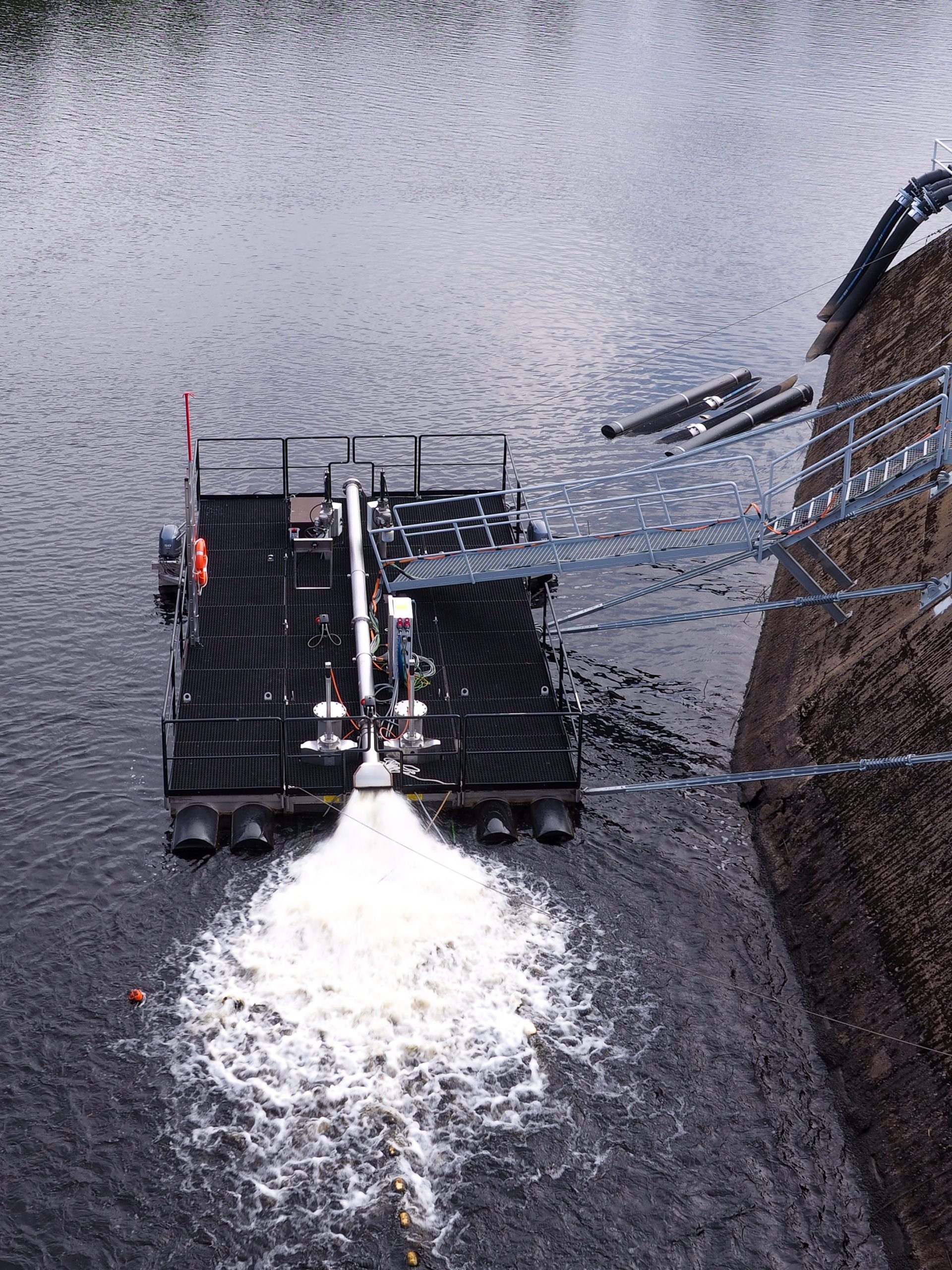
The floating Fishheart unit in action.
The hydraulic Fishheart fishway includes a control container with electrical system hardware, a monitoring unit, and a control unit. The system can be operated completely remotely, and it works automatically. Once the AI identifies a fish in the camera system, it runs an analysis to decide whether to open the fishway or not. Fishheart fishway can be set up to accept all fish or to be selective about fish species and separate invasive species.
Every hydropower station is a unique complex with specific conditions; therefore, every Fishheart fishway system is a tailor-made solution to its location. As the actual floating Fishheart unit is located below the dam, variations in hard pipelines onshore and flexible pipelines in the water are the answer to changing water heights, long distances, or high head dams. By designing the pipelines and adjusting the rise velocity of the fish, the Fishheart fishway can be adapted to meet the demands of even the highest dams.
With its adjustable attraction flow rates, the Fishheart fishway can be utilized to work with any fish species, which includes shad, herring, salmon, trout, sturgeon, whitefish, lamprey, and eel. Fishheart’s advanced AI system can be used for several other purposes as well: scientific monitoring, removing unwanted fish, collecting, and reporting statistics.
The Fishheart fishway is usually placed in the eddy area close to the dam wall and the turbine outlets, where the fish gather to rest after fighting the turbine flows. The entrance of the fishway can be optimally positioned with water flow coming behind the system, creating a natural countercurrent for the fish.
A combination of two attraction flows gives the fish a strong feeling of a natural migratory route upstream. When the fish swim closer to the Fishheart entrance, encouraged by the outer attraction flow, they sense the inner attraction flow coming from inside the unit’s pipelines.
Once the fish swim inside the system, the AI launches, takes photos, video, and sends the gathered information to cloud or local storage, where the information is processed. The system recognizes the species and their size, and then the AI gives a command to the logics to start the system and, as a result, the process for upstream passage is initiated and fish are transported upstream.
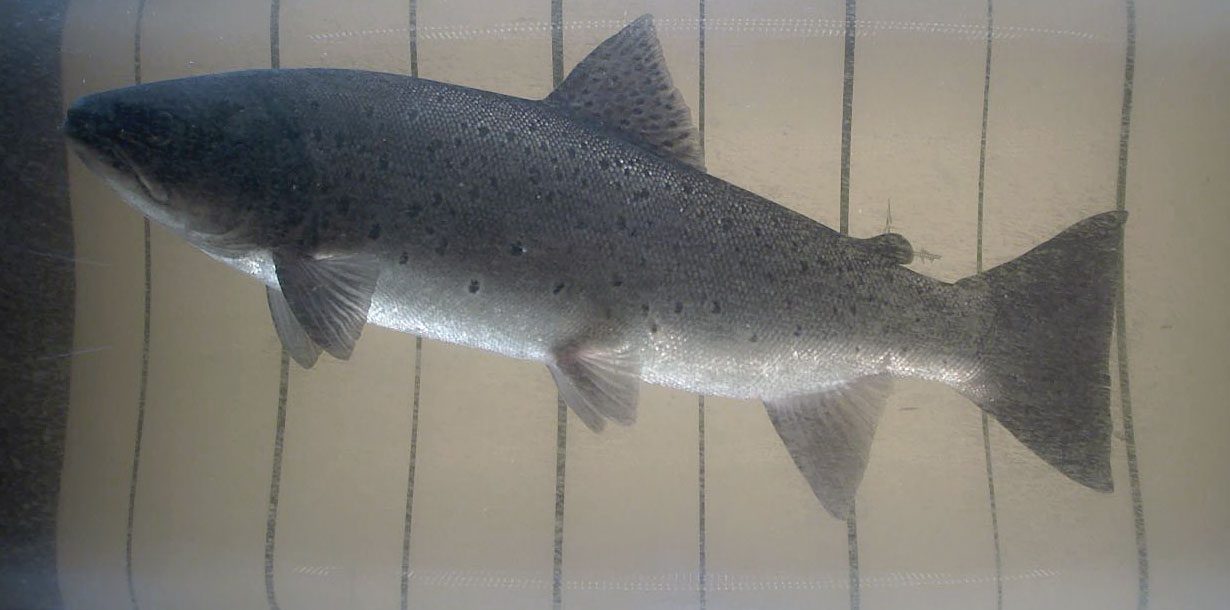
The fish within the pipeline remain constantly in the water, protecting them from any mechanical damage. The fish move upstream over the dam with a velocity of 10-12 ft/s in perfect condition.
RESULTS TO DATE
The first tests with Fishheart’s hydraulic fishway systems took place during the summers of 2017 and 2018 at the Merikoski Power Station, Oulu, and Isohaara Power Station, Kemi, in Finland.
After two summers of testing, the first hydraulic Fishheart fishway, which resembles the current design, was assembled in the spring of 2019, launching that same summer in the river Kemijoki at Taivalkoski hydropower station.
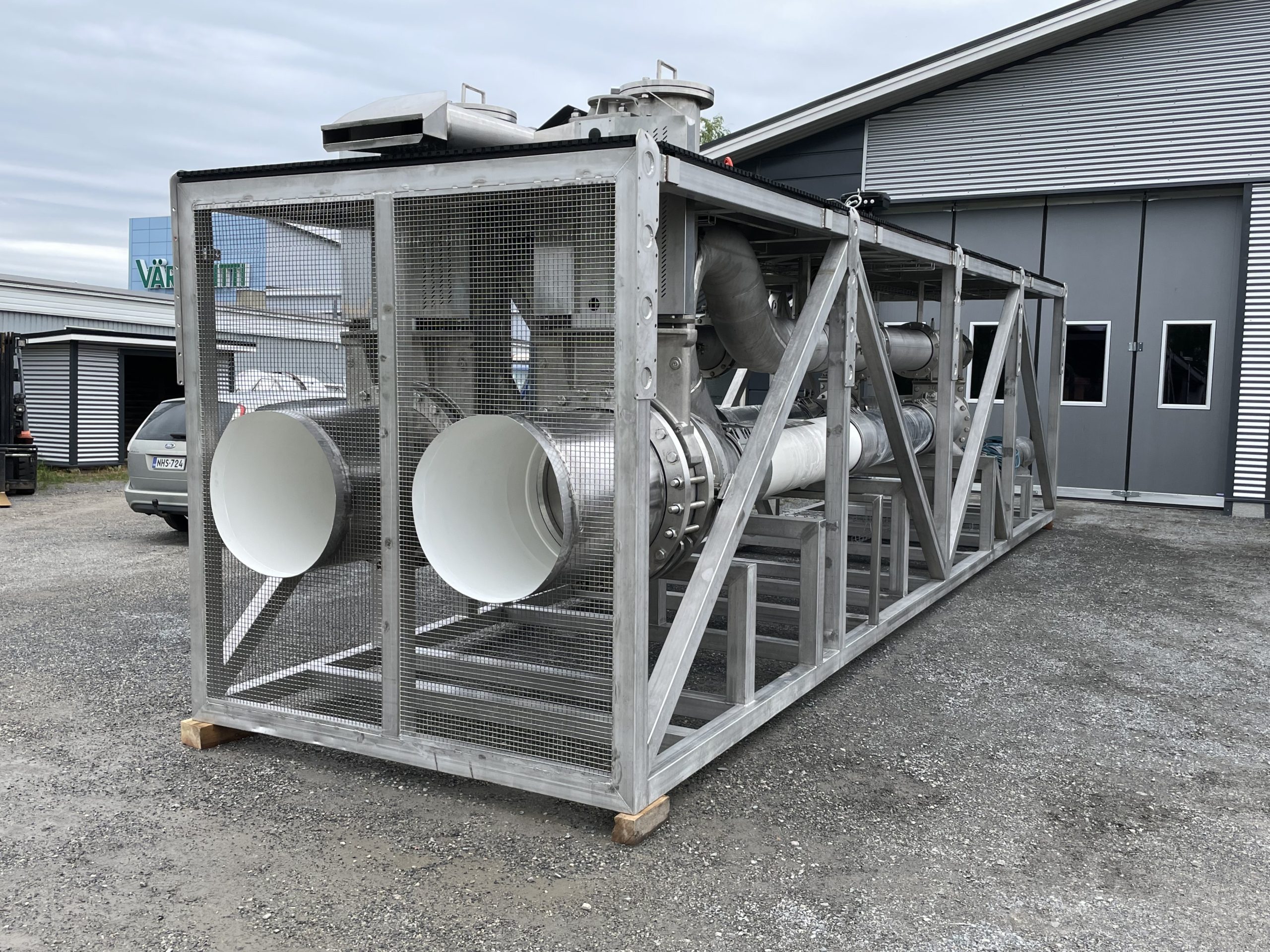
The Fishheart unit before installation.
The testing made clear that the Fishheart fishway helped answer problems facing traditional fish passage systems, and the Fishheart design’s success was attributed to its low space requirements, adjustability, suitability for all fish species, and notable water efficiency.
In 2021, Fishheart began testing Smoltheart, a new downstream solution. Later that summer, a second Fishheart fishway was put into operation at Leppikoski Power Station in Paltamo, Finland.
A further development was a new Satelliteheart unit, first tested in 2022, which provides additional entry to the Fishheart fishway, and is designed for wide rivers, where one Fishheart unit may not suffice. Satelliteheart can also be integrated into fish ladders that are underperforming.
The Fishheart fishway system has been granted a hydraulic fishway status by the Regional State Administrative Agency of Northern Finland (AVI). LUKE (Natural Resources Institute Finland) conducted a study in 2019 that showed there was no health impact on the fish passing through the Fishheart. Further studies in 2021 indicated that the number of salmonids using the Fishheart fishway is significantly higher compared to traditional fish passages in the same river system. Studies also indicated that Fishheart suits all fish species, even the bottom feeders and weak swimmers. This summer, an ongoing efficiency test began at the Leppikoski fishway.
Additionally, this summer, Fishheart ltd. installed two more Fishheart fishways in Finland and received numerous inquiries and demands for quotes. It also tested successfully with herring and trout at Alden Laboratories and more testing is planned for 2024 in Australia, France, and Sweden.
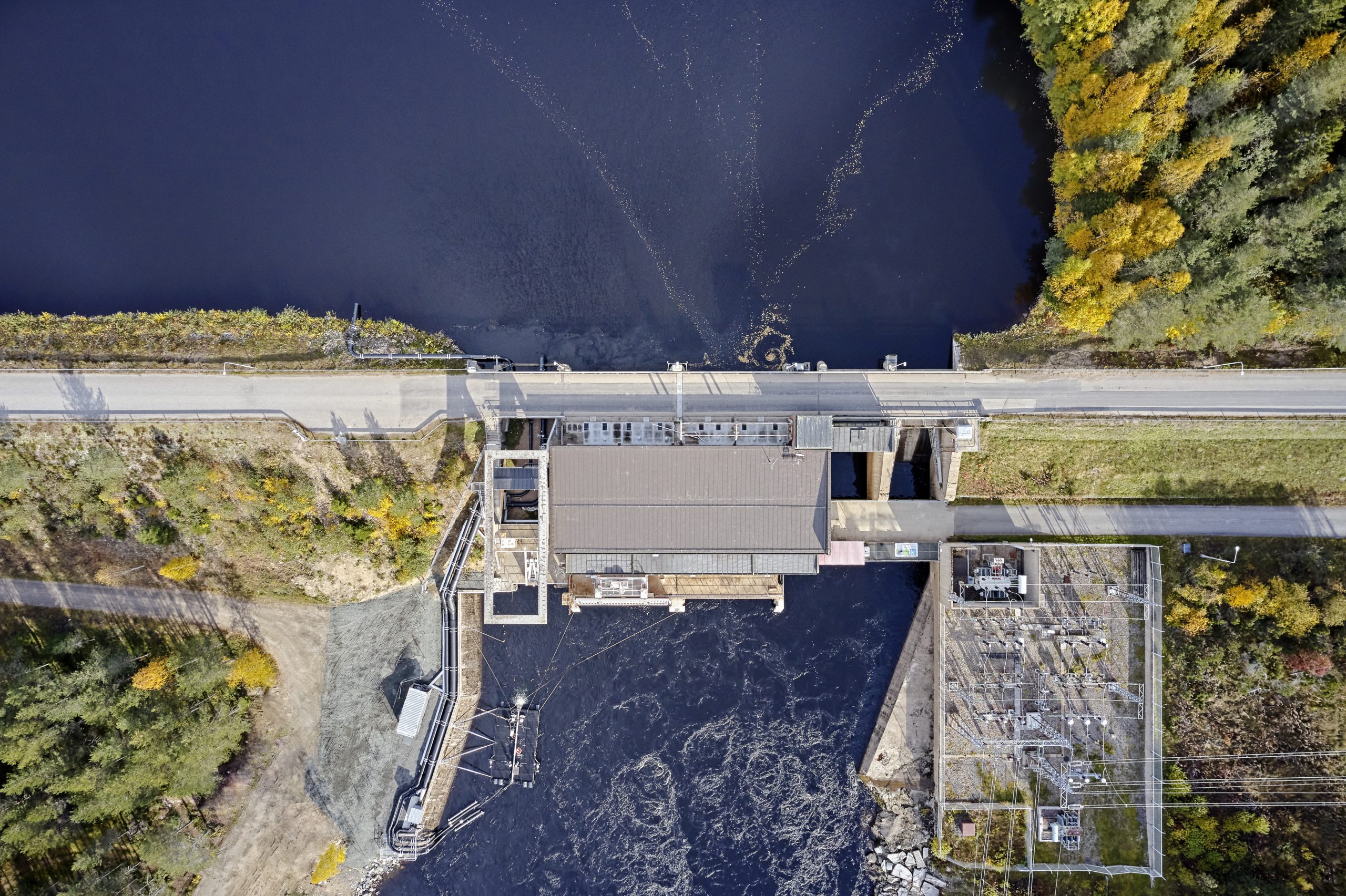
A Finnish hydroelectric project with Fishheart system installed (located bottom left).
BEYOND FISH PASSAGE: RIVER RESTORATION EFFORTS
To achieve comprehensive results on its goal to restore the migratory fish to the rivers of their origin, Fishheart Ltd. also implements wide river restoration actions in upstream tributaries of hydropower stations. These actions include restoring spawning and living habitats for the returning fish, parr, young fish, and egg stockings to achieve a strong biological continuum.
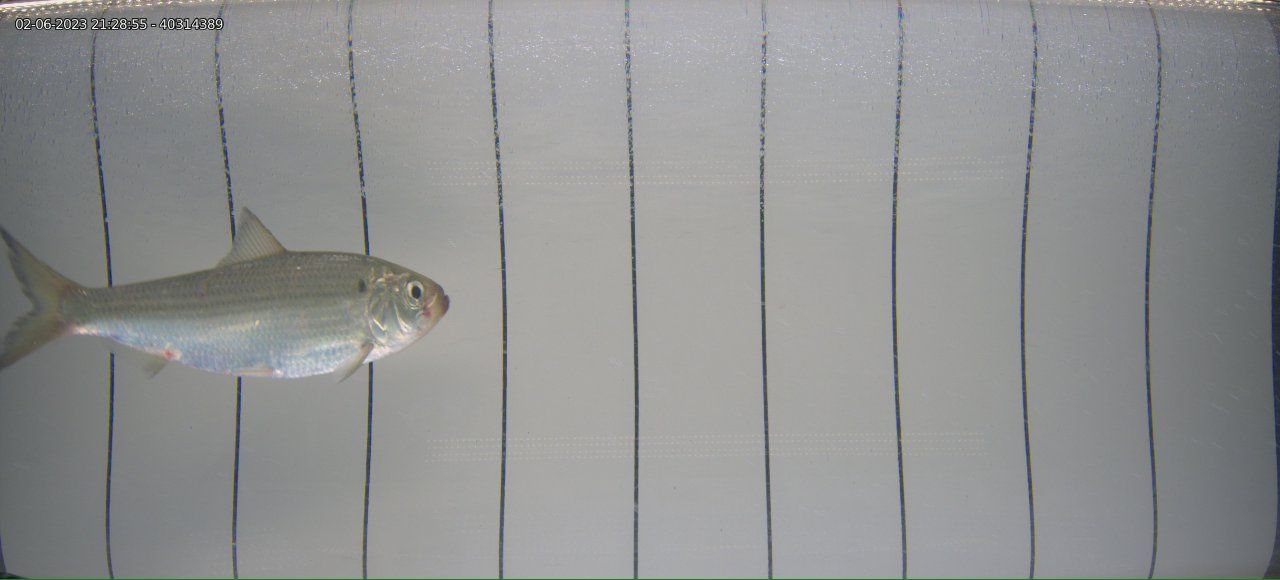
Video recorded by Fishheart’s AI fish identification system.
Fishheart’s latest completed restorative work was the restoration of river Runkausjoki in Tervola, Finland. The river was cleared for log driving in the 1950s. During the summer of 2020, a large inventory of the state of the river was made. In 2021, Fishheart restored 17km of the riverbed in total back to its natural state.
In the springs of 2022 and 2023, the work continued with salmon egg stockings, utilizing Fishheart’s own innovation the Eco Egg Box. Approximately 100,000 salmon eggs were placed in boxes, into the river, to hatch. Electro fishing in the river area was done late in the summer of 2022 and 2023, and the findings were extremely promising with an average of 20-30 parr in an area of 30 feet by 30 feet. Also, the original trout stock of the river had spread to new areas due to the restorative actions, and the river’s minnow stocks had increased.
Though the work with the riverbed is done for now, Fishheart will continue the egg planting for two more years, as well as the surveillance of the fish stocks of the restored area, as part of Fishheart’s contract with Kemijoki Oy, a Finnish hydropower company.
WHAT’S NEXT?
The U.S. Department of Energy (DOE) announced more than $ 6.3 million in funding for six fish transportation and conservation technology projects. Funding was granted for projects that reduce the environmental impact of hydropower on fish and the aquatic ecosystem. The selected projects support the growing role of hydropower as an adjustment reserve for other forms of green energy.
Fishheart Ltd., together with independent, non-profit energy research and development institute EPRI, was awarded the largest funding of $1.3 million dollars. EPRI is responsible for managing and running the project. The purpose of the project is to test and develop the Fishheart hydraulic fishway to work effectively with the fish species of the United States’ eastern coast, the main species being American shad and herring. The tests will be conducted downstream of Santee Cooper’s Santee hydroelectric plant in Pineville, South Carolina.









